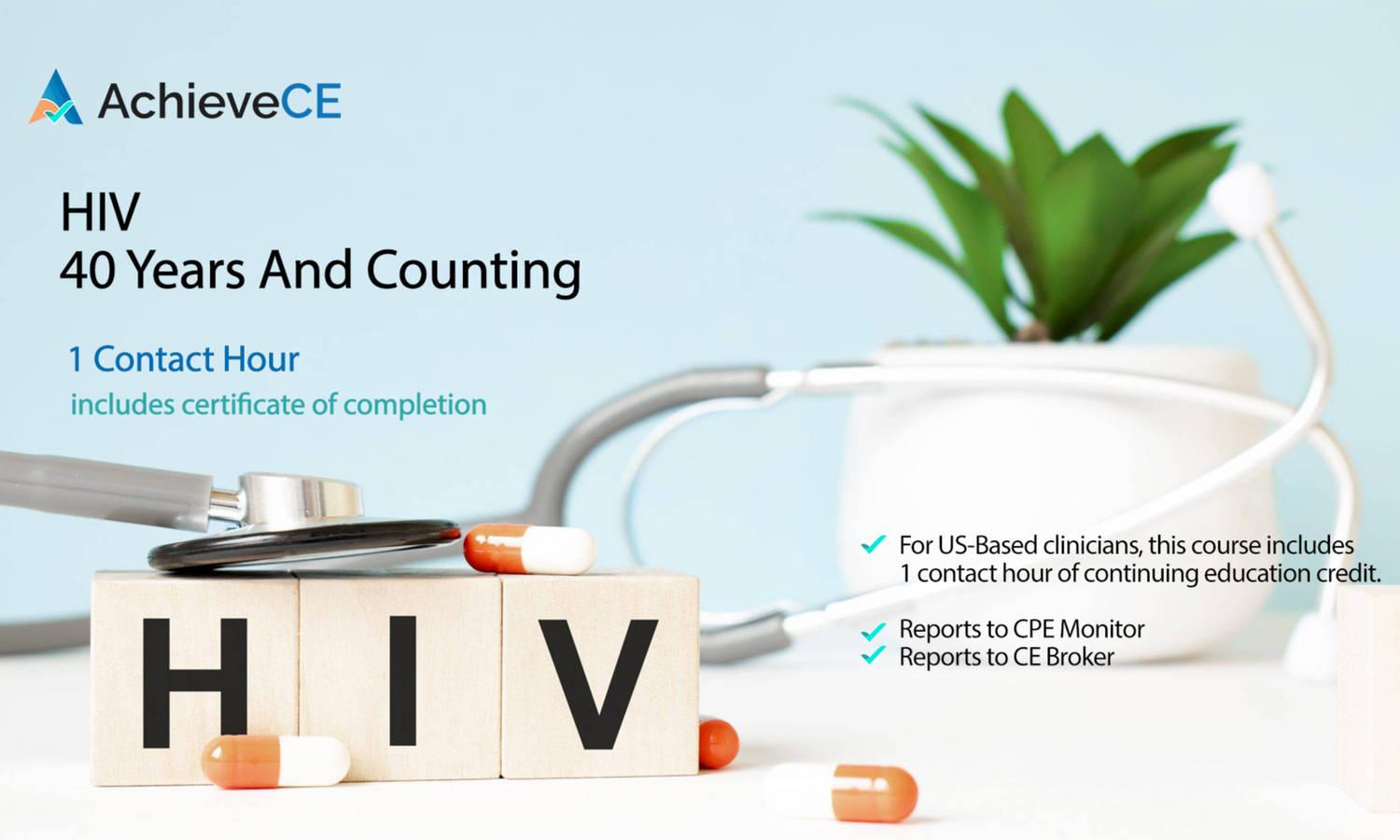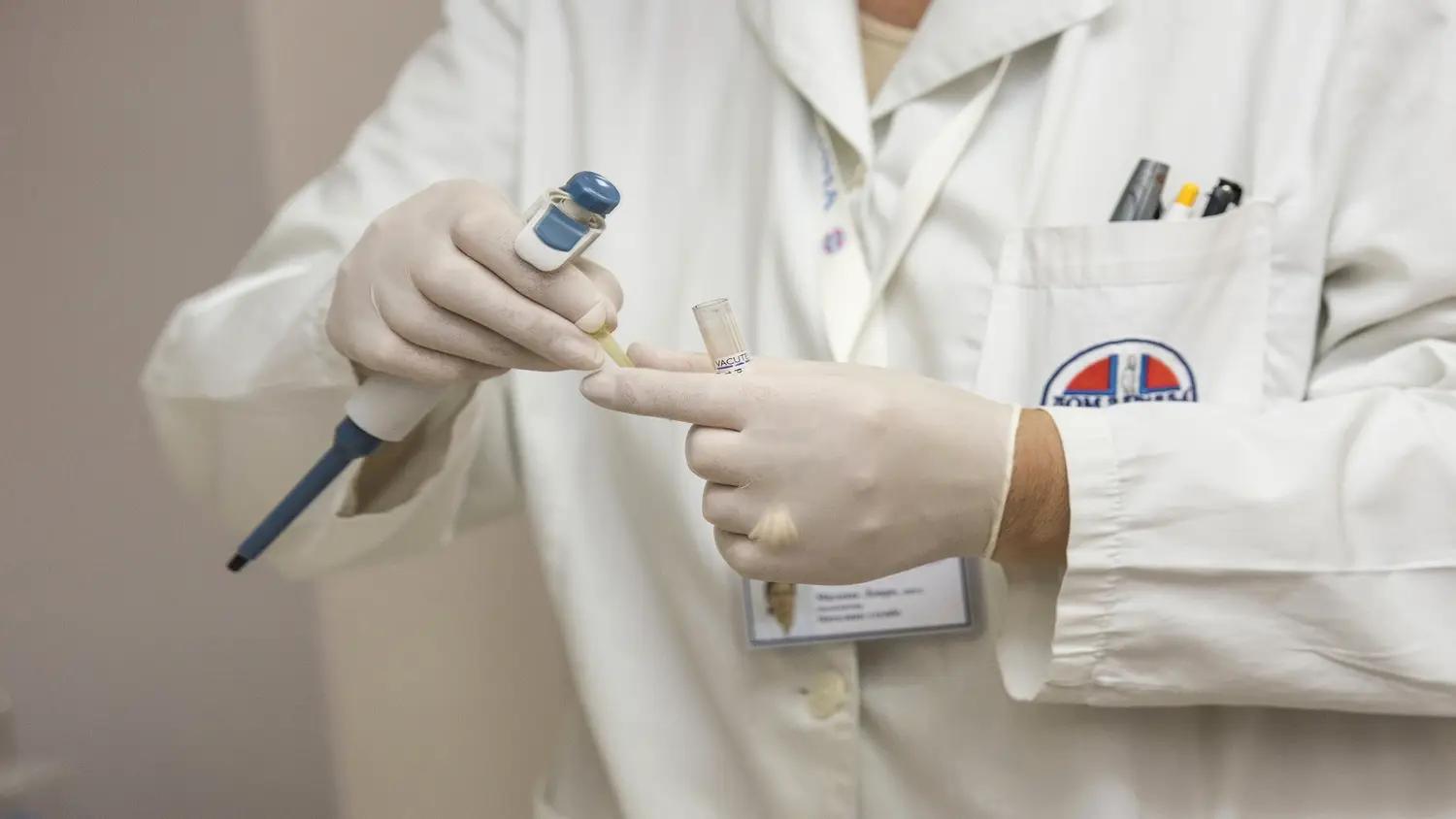
New York: Infection Control and Prevention, including Sepsis
 hosted byATrain Education, Inc.
hosted byATrain Education, Inc.
New York: Infection Control and Prevention, including Sepsis is organized by ATrain Education, Inc.
Expiration date: July 27, 2027
Accreditation:
Contact hours: 5
Course Description:
Infection control training for all New York healthcare professionals, including responsibility for adhering to accepted principles and monitoring the performance of all for whom one is responsible. Reviews the mechanisms of transmission along with strategies of prevention and control, including sepsis. Coverage of controls, PPE, and practices to protect both patients and workers.
Course Objectives:
• Summarize the most prevalent risk factors for healthcare-associated infections (HAIs) and their related sites of infection.
• Identify and explain the seven elements of infection control presented in the New York State Infection Control Syllabus, including sepsis.
• Recall and explain each of the six links in the Chain of Infection.
• Describe prevention strategies in terms of Standard and Universal Precautions, Transmission-Based Precautions, Contact Precautions, Droplet Precautions, and Airborne Precautions.
• Explain both the importance and practice of hand hygiene in preventing HAIs.
• Discuss safe injection practices and sharps disposal as they relate to both patient and worker health.
• Outline the use of engineering and work practice controls to reduce the opportunity for exposure to the potentially infectious material.
• Demonstrate the selection and use of personal protective equipment (PPE).
• Define the principles and practices for cleaning, disinfection, and sterilization.
• State the scope and prevalence of the sepsis in the United States and New York State.
• Describe New York state Sepsis Improvement Initiative and Rory Staunton’s law.
• Discuss the most common causes of sepsis.
• State the signs and symptoms of sepsis and the importance of early recognition.
• Define severe sepsis and septic shock.
• Understand the basic principles of treatment and the need for rapid evaluation and management of sepsis.
• Educate patients and families on methods for preventing infections and illnesses that can lead to sepsis and on identifying the signs and symptoms of severe infections and when to seek care.
Additional details will be posted as soon as they are available.









